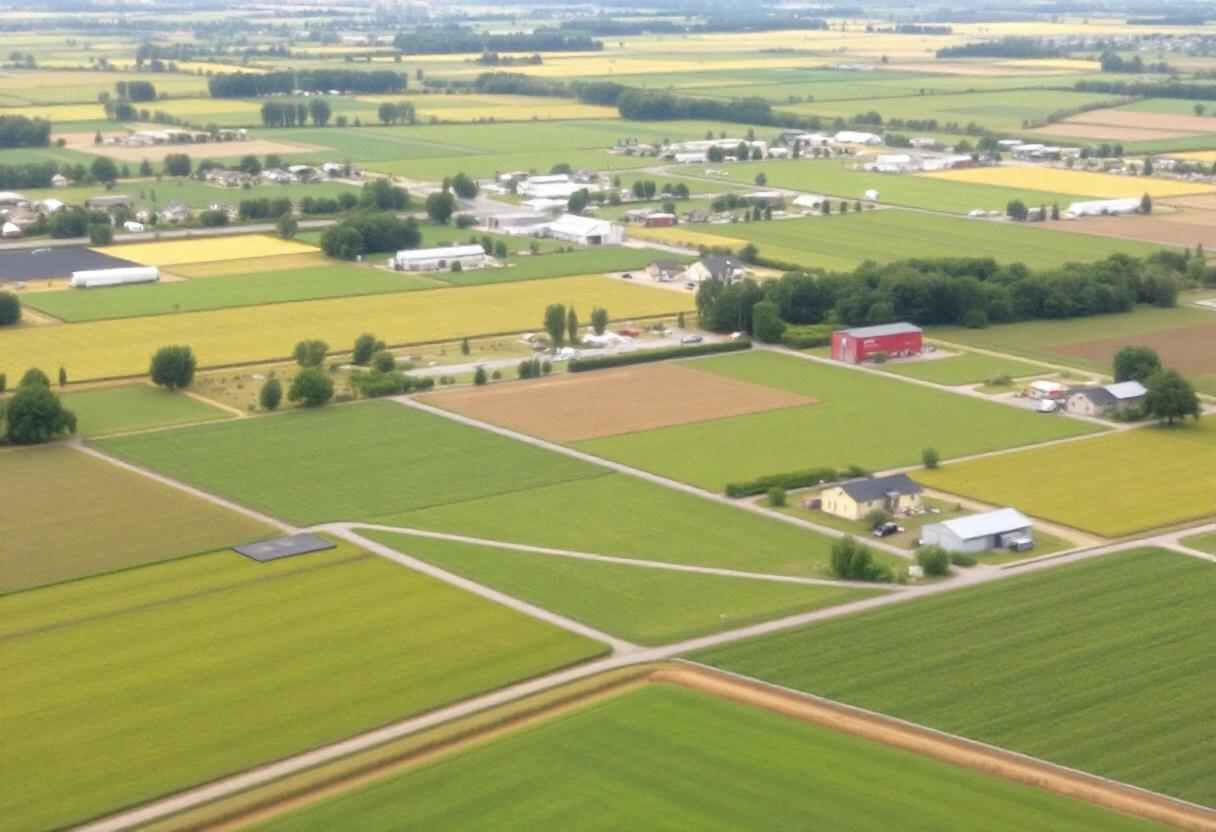
Agriculture zoning codes are regulations set by local or regional authorities to govern land use within designated agricultural areas. These codes are designed to ensure that farming activities are carried out in a way that benefits both the environment and local communities while promoting sustainable agricultural practices. Understanding these codes is essential for farmers, developers, and landowners to ensure compliance with legal requirements and to maximize land use efficiency.
Purpose of Agriculture Zoning Codes
Agriculture zoning codes serve several key purposes. Primarily, they aim to protect agricultural land from urban sprawl, industrial development, and other non-agricultural uses that could compromise the viability of farming operations. By limiting non-agricultural activities, these codes ensure that farmland remains available for food production, supporting local economies and reducing dependency on imported food.
These zoning codes also play a role in environmental protection, helping to preserve ecosystems, water resources, and soil health by regulating land management practices. They often include provisions for sustainable farming methods and may require farmers to adhere to guidelines related to crop rotation, pesticide use, and soil conservation.
Types of Agriculture Zoning Codes
Agriculture zoning codes vary widely depending on the region and local government priorities. However, several common types can be identified based on their focus and restrictions.
- Exclusive Agricultural Zoning: This type of zoning restricts land use almost entirely to agricultural activities. Non-farming uses such as commercial or residential development are usually prohibited or heavily regulated. The goal is to prevent land fragmentation and ensure that agricultural land remains available for farming purposes.
- Rural Agricultural Zoning: In areas where both agriculture and rural living coexist, rural agricultural zoning permits limited residential development alongside farming activities. While non-farm residential use is allowed, it is typically restricted to a low density, minimizing the impact on farming operations. This type of zoning encourages a balance between agricultural productivity and rural lifestyle.
- Agricultural-Residential Zoning: This zoning allows for a mix of farming and residential development, usually in suburban or peri-urban areas. While agricultural use is still the primary focus, larger residential developments may be permitted, often with certain conditions like buffer zones to separate farming activities from housing. These zones are commonly found on the outskirts of growing cities.
- Conservation Agricultural Zoning: This zoning emphasizes the protection of natural resources alongside agricultural use. It may include provisions for limiting certain farming practices that could harm the environment, such as intensive livestock farming or the use of chemical pesticides. In addition to agriculture, activities such as wildlife conservation, forestry, and eco-tourism may be permitted.
Key Components of Agriculture Zoning Codes
Agriculture zoning codes typically include several key components that determine what is allowed or restricted within designated agricultural areas. These regulations aim to balance farming needs with broader land use planning goals.
- Permitted Uses: Zoning codes specify which activities are allowed by right within agricultural zones. These permitted uses often include crop cultivation, livestock raising, horticulture, and aquaculture. Some zones may also allow secondary uses, such as farm stands, agritourism, and processing facilities, depending on local policies.
- Conditional Uses: Certain activities may be allowed within an agricultural zone, but only under specific conditions or after obtaining special permits. These could include the construction of non-farm dwellings, rural businesses, or small-scale industrial activities related to farming, such as packing or distribution centers.
- Minimum Lot Size: Many agriculture zoning codes establish a minimum lot size for agricultural land. This requirement is meant to prevent the subdivision of farmland into smaller, less viable parcels that may not support economically sustainable farming. Minimum lot sizes vary by region but are often designed to preserve the agricultural nature of the zone.
- Setback Requirements: Setbacks in agricultural zoning codes refer to the minimum distance that any building or development must maintain from property lines, roads, or water bodies. These setbacks are important for protecting both the farming operations and neighboring properties from the impact of agricultural activities, such as noise or odors.
- Environmental Protections: Many agriculture zoning codes incorporate rules for protecting natural resources, such as wetlands, rivers, and forests, from agricultural encroachment. These codes may require farmers to implement practices like buffer zones, tree planting, and erosion control measures to protect the environment while maintaining productive farmland.
Challenges and Implications of Agriculture Zoning Codes
While agriculture zoning codes are designed to promote sustainable land use, they also come with challenges. In some regions, farmers may find themselves constrained by zoning laws that limit their ability to diversify or expand their operations. For instance, farmers may be restricted from building additional housing for farm labor or starting value-added enterprises, such as farm-to-table restaurants, due to stringent zoning rules.
Another challenge is balancing agricultural zoning with the pressures of urbanization. As cities expand, agricultural lands are often re-zoned for residential or commercial use, leading to the loss of valuable farmland. This dynamic creates tension between preserving agricultural land and accommodating population growth.
Agriculture zoning codes are also influenced by the economic realities of farming. In regions where farming is no longer profitable, strict zoning may prevent landowners from converting their property to more lucrative uses, leading to disputes over property rights and economic development.